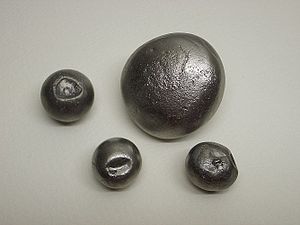Creationists point to “experiments they have performed” which, they claim, demonstrate that 1.5 billion years of nuclear decay took place over a short period of time, from which they infer that “billion-fold speed-ups of nuclear decay” have occurred, a massive violation of the principle that radioisotope decay rates are constant. The scientific community points to numerous flaws in the creationists’ experiments.
The constancy of the decay rates of isotopes is well supported by science. Evidence for this constancy includes the correspondences of date estimates taken from different radioactive isotopes as well as correspondences with non-radiometric dating techniques such as dendrochronology, ice core dating, and historical records. Although scientists have noted slight increases in the decay rate for isotopes subject to extreme pressures, those differences were too small to significantly impact date estimates. The constancy of the decay rates is also governed by first principles in quantum mechanics, wherein any deviation in the rate would require a change in the fundamental constants.
In refutation of young-Earth claims of inconstant decay rates affecting the reliability of radiometric dating, Roger C. Wiens, a physicist specializing in isotope dating states:
“There are only three quite technical instances where a half-life changes, and these do not affect the dating methods:

- Only one technical exception occurs under terrestrial conditions, and this is not for an isotope used for dating. The artificially-produced isotope beryllium-7 has been shown to change by up to 1.5%, depending on its chemical environment. Heavier atoms are even less subject to these minute changes, so the dates of rocks made by electron-capture decays would only be off by at most a few hundredths of a percent
- Another case is material inside of stars, which is in a plasma state where electrons are not bound to atoms. In the extremely hot stellar environment, a completely different kind of decay can occur
- The last case also involves very fast-moving matter. It has been demonstrated by atomic clocks in very fast spacecraft. These atomic clocks slow down very slightly (only a second or so per year) as predicted by Einstein’s theory of relativity. No rocks in our solar system are going fast enough to make a noticeable change in their dates.”


Be First to Comment